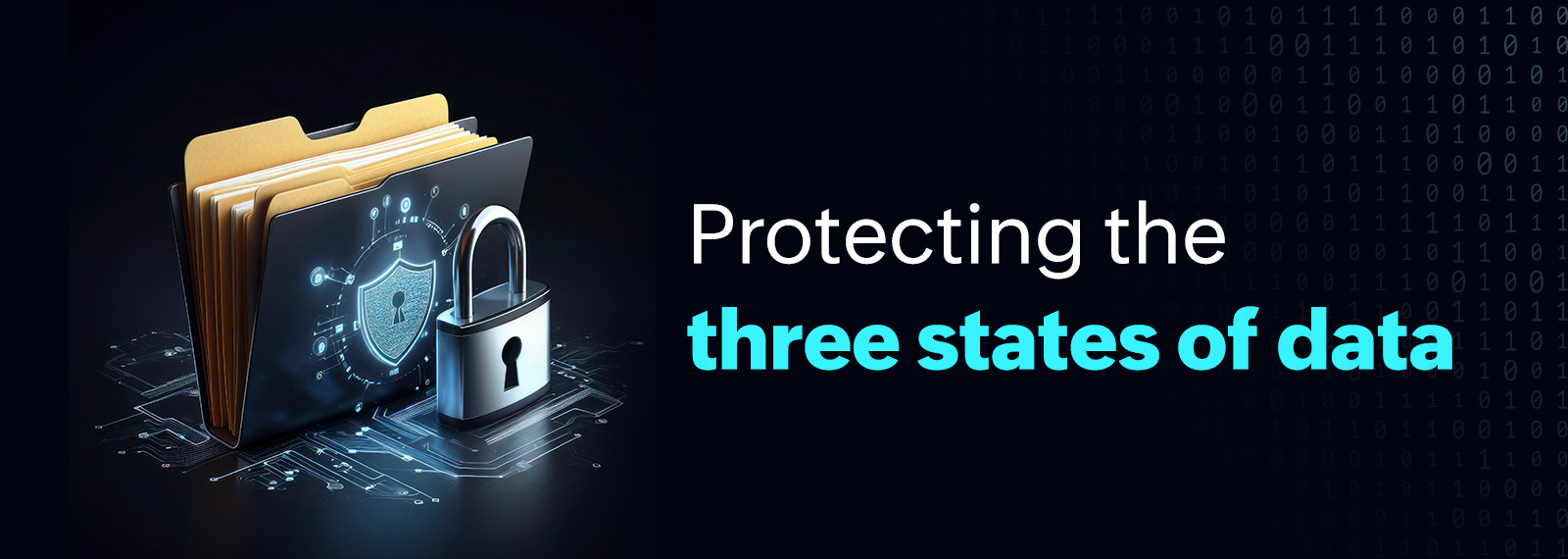
What do Morgan Stanley, Samsung, and a New York credit union all have in common? They aren’t of the same scale, do not cater to the same customer needs, nor do they store similar data. But, if there’s one thing in common between these three organizations, it’s that they’ve all been victims of a data leak.
Morgan Stanley, the banking conglomerate, suffered a data leak due to sheer negligence of handling data at rest. Samsung, the leading smartphone manufacturer, faced a data leak when its employees inadvertently transferred data onto an generative AI application, leaking data in motion. The credit union’s data loss was an act of vengeance by a former employee.
These incidents serve as an indication of how neglecting data at rest, not restricting and monitoring access to data in use, and failing to regulate data in motion could cost organizations. To counter this, organizations need to implement appropriate security controls. This starts with gaining a comprehensive understanding of the different states of data and the threats associated with each state.
Our three-part blog series will help you be fully aware of the different states of data, how data is at risk in different states, and why it’s important to have a solution that secures your data at each state.
Here’s the list of topics we’ll cover:
-
The different states of data.
-
Threats to these states of data.
-
Morgan Stanley’s data leak and why data at rest must be protected.
-
The credit union’s data leak and how data could be used against you.
-
Samsung’s data leak and the evolving threats to data in motion
-
How you can protect data in different states.
There’s a lot of ground to cover, and we hope you enjoy exploring this series as you learn why visibility is key for protecting data at rest, why you need to keep an eye on file activities, and how to secure your data in treacherous transits. Interested in learning more? Head over to Part 2!

